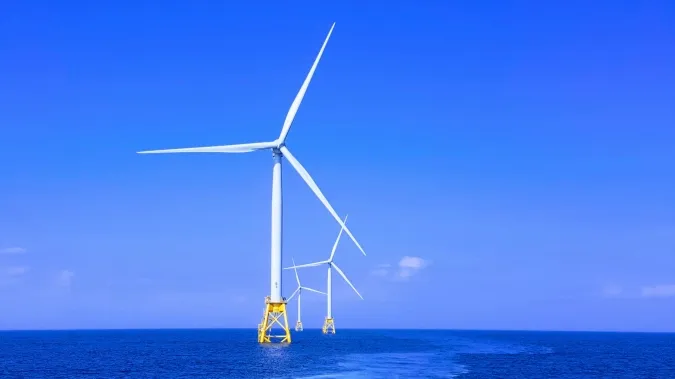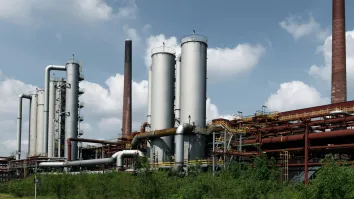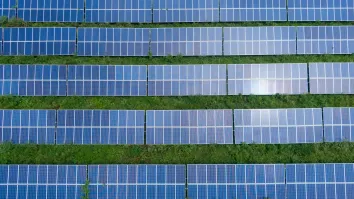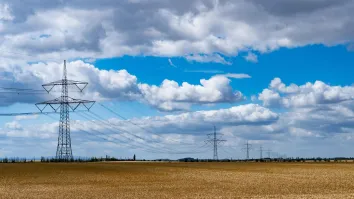
South Korea needs faster offshore wind permitting, says GWEC
It usually takes a decade to complete the permitting processes.
The South Korean government is urged to accelerate the development of its wind energy sector, particularly offshore projects, as it has only made minimal progress in its installation targets.
In a report, the Global Wind Energy Council (GWEC) said South Korea has only 150 megawatts of installed offshore wind, far from its 2030 target of 14.3 gigawatts.
GWEC said the country should address the lengthy permitting processes which take up to 10 years.
Aside from this, the country should also implement the Offshore Wind Power Promotion Act to support the streamlining of offshore wind development.
ALSO READ: Six key actions to expedite offshore wind deployment
“Our new report shows that 14.3GW of offshore wind can create a huge energy and economic opportunity, revitalising coastal communities across the country, and playing a role in halting post-industrial decline,” said Rebecca Willians, Global Head of Offshore Wind at GWEC.
“Local consensus through education, engagement and trust-building is a crucial first step to rolling out policies for offshore wind development,” she added.
GWEC noted that offshore wind could bring around 87 trillion won of offshore wind project construction over seven years, and provide over 770,000 jobs across the value chain.



















 Advertise
Advertise






